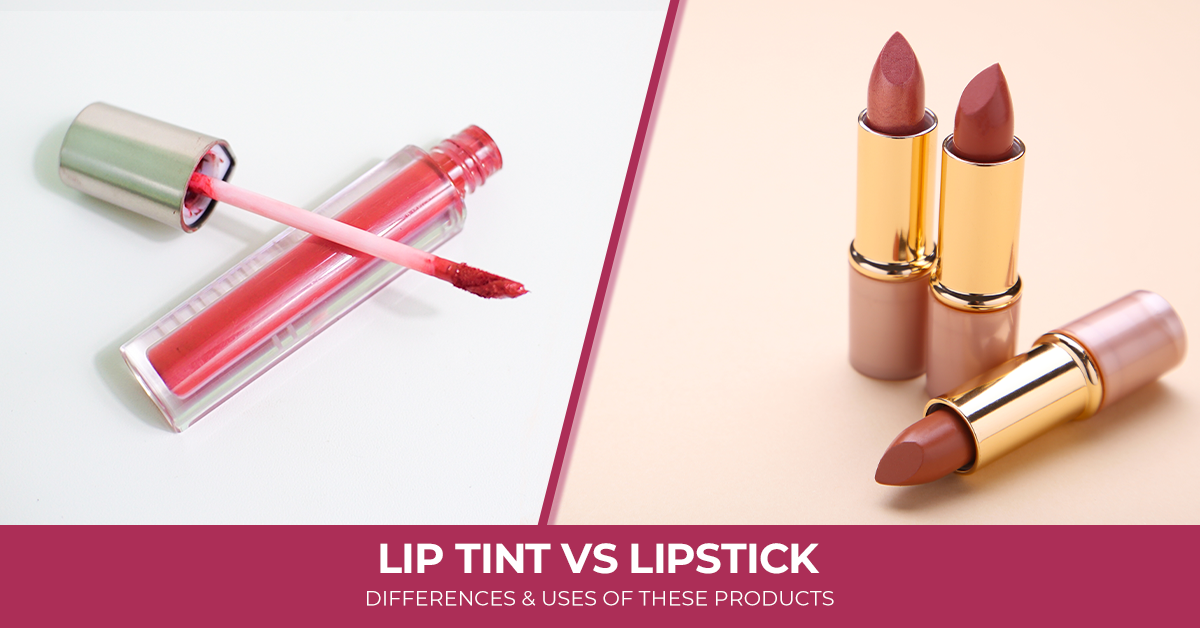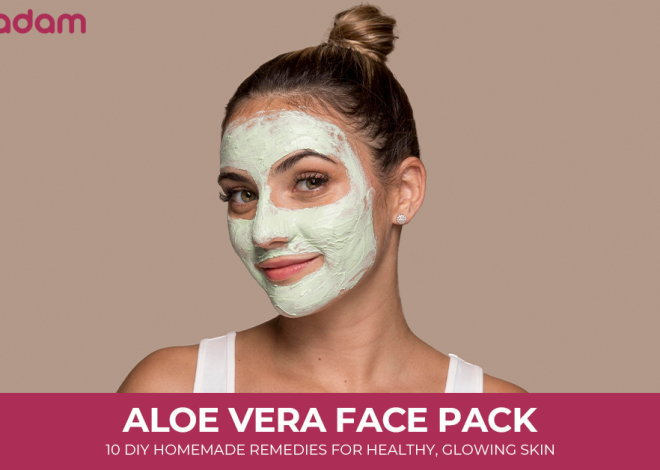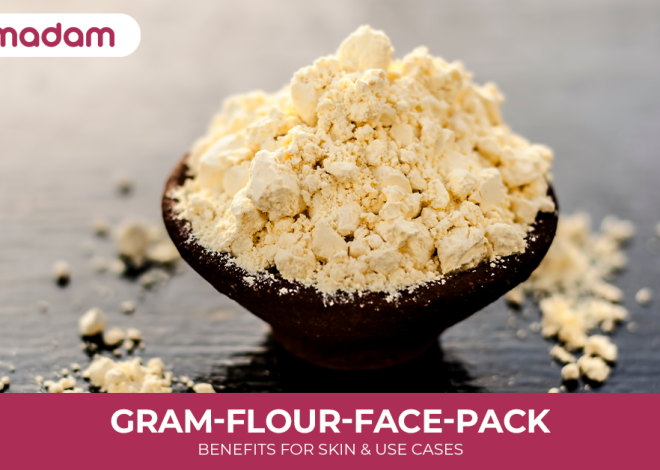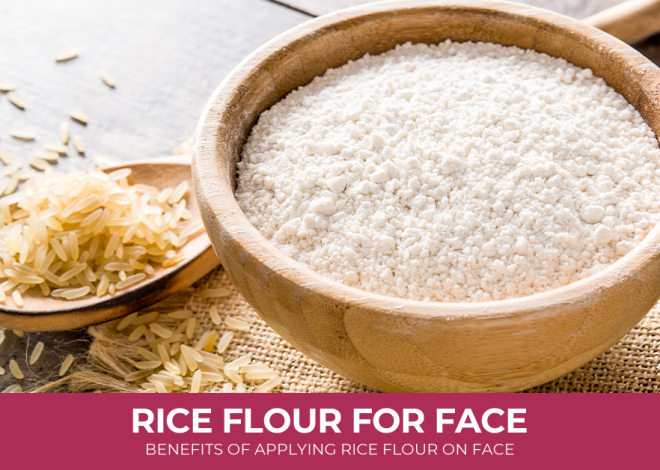
Lip Tint vs Lipstick: Differences and Uses of These Products
The beauty industry has taken a giant leap and, thus, is no longer limited to traditional make-up products. The world of lip care is no exception.
Lip products have evolved far beyond traditional lipstick. One striking example is lip tint, which has revolutionized lip care as a powerful alternative with unique benefits and uses.
This guide on lip tint vs. lipstick emphasizes that both products have their place in the beauty world.
You will also explore the difference between lip tint and lipstick to make an informed decision about which product is your perfect companion as per your needs and preferences.
Table of Contents
What is Lipstick?
Lipstick is a cosmetic product that has been traditionally used to add color, texture, and sometimes hydration to the lips. It is available in versatile forms like matte, satin, and gloss finishes, each providing a different look. Lipsticks are mostly made from a blend of waxes, oils, and pigments to ensure a smooth application and long-lasting wear.
More Information For You: Difference Between Lip Balm and Lip Gloss
What is Lip tint?
Lip tints, also known as cream blush, are a lightweight, liquid, or gel-based cosmetic product formulated to provide lips with a natural, flushed appearance. Unlike lipsticks, they soak into the lips rather than sitting on top of them. With a smudge-proof finish and longevity, lip tints are preferred by those who prefer minimalist makeup.
Understanding the Difference Between Lipstick and Lip Tint
After covering the basics on lip tint vs. lipstick. Let’s understand the differences between these two products so that you can pick the right products as per your style and needs.
| Purpose | Lipstick | Liptint |
| Texture and formula | Creamy or waxy structure. | Watery or gel-like consistency. |
| Colour intensity and coverage | Opaque coverage and bolder colour payoff in a single swipe. | More subtle and provides a natural flush of colour. |
| Longevity | Depending on formulations, it may require frequent touch-ups. | The staining formula ensures that the colour stays intact for hours. |
| Finish | Provides a wide range of finishes from ultra matte to high shine. | Provides a natural, slightly glossy or matte finish depending on the formula. |
| Moisturizing Effect | Lipsticks with creamy or hydrating formulas provide nourishment to the lips. | Liptints can cause dryness, due to light-weight and long -wearing formula. |
The difference between lip tint and lipstick makes it clear that while both products are essential, they serve different purposes that effortlessly complement your style and needs.
Recommended Reading: Castor Oil for Lips
Lip Tint vs. Lipstick: Application Tips
To derive the best results from either using a lip tint or lipstick, it is important to follow the correct application techniques for each, as highlighted below.
How to apply Lipstick perfectly step by step
While applying lipstick, follow this step-by-step guide for a perfect lipstick application:
Define your cupid‘s bow: Target the point of your lip liner at the highest point of your upper lip while drawing a short line downward toward the center of your upper lip. Repeating this process will help form a small X shape defining Cupid’s brow.
Trace your upper lip: If you want your lips to appear bigger, you can overline slightly at the peak of the X and extend it towards your outer corner on both sides.
Define your bottom lip: Use the tip of your lip liner pencil to trace along the natural lip border. For a plumper lip look, feel free to overline.
Blur your liner: Using a clean fingertip, smudge your lip liner slightly to soften the harshness of the line.
Fill in your lips: Apply the lipstick of your choice and swipe the color lightly onto your lips.
How to use Lip tint step by step
Getting a glamorous look with lip tint is simple and fun. Here are steps on how to use lip tint effectively:
Step 1: Prep your lips
Before applying any lip product, it is important to
Exfoliate: Use a lip scrub to remove dry skin for smooth application.
Moisturize: Use a hydrating lip balm. This helps prevent your lips from drying out.
Step 2: Select your shade.
Here are some tips on how to achieve the desired look and skin tone by applying lip tint.
For a natural look, choose soft pinks or nude shades.
For a bold statement, go for deep reds or berry tones, which can add a dramatic effect.
For versatility: A coral or peachy shade provides versatility. It helps improve both your day and night looks.
Step 3: Application
After prepping your lips and choosing the shade, apply the lip tint.
Start small: apply the lip tint in small amounts.
Blend: Use your fingertips or a lip brush to smudge the tint outwards towards the edges.
Layering for intensity: For a more pigmented look, apply extra layers. Allow each to dry before adding more layers.
Do not overapply: Avoid overapplication; go for a natural finish rather than a heavy application.
Step 4: Optional lip liner
To get a more refined look, you can use a lip liner as described.
Select a shade: For a more defined look, you can use a lip liner that closely matches your lip tint.
Outline and fill: To ensure the longevity of your lip color, carefully outline your lips and fill in with liner before putting on the tint.
Step 5: Set the look
Lock in your lip tint and improve your glam look.
Use lip gloss: Apply a lip gloss over your tinted lips to add shine and dimension, helping it appear plumper.
Setting spray: Apply a setting spray over your face to keep your makeup intact and to ensure that your glam look lasts all day and night.
Do Lip Tints Last Longer Than Lipstick?
Yes, generally, lip tints tend to last longer than lipstick because they are designed to stain the lips, providing a more lasting color payoff compared to the typical wax-based formula of lipstick, which can easily fade.
Key points about lip tint and lipstick longevity:
Stain effect: Lip tints are water-based and designed to stain the lips, making them more resistant to fading and smudging compared to lipstick.
Sheer coverage: Lip tints often provide a sheer, natural flush of color, while lipstick typically provides wider coverage.
Reapplication: Due to their longer wear time, lip tints usually need less frequent touch-ups compared to lipstick.
Don’t Miss: Almond Oil for Lips
Lipstick vs. Liptint: Types and Best Use Cases
There are different types of lip tints and lipsticks, each with specific benefits and best use cases, such as:
Lipstick types and uses
Lipsticks come in a variety of finishes and formulations, with different levels of coverage and texture:
1 Matte Lipstick: Flat, no shine, long-lasting, perfect for formal events or all-day wear.
2 Cream Lipstick: Smooth, soft shine. Best for everyday wear, especially for dry lips.
3 Satin Lipsticks: A balance between matte and shine lovers. Provides slight sheen and hydration.
4 Glossy Lipstick: High shine, hydrating. Provides a youthful, plump look.
5 Lip Crayon: Creamy or matte finish. Best for beginners or for those who love quick, mess-free applications.
Lip Tint Types and Uses
Lip tints are typically more subtle and buildable. Following are the typical types of lip tints and their uses:
1 Water Tint: Very lightweight, long-lasting, and provides a natural flush of color.
2 Gel Tint: Slightly glossy, juicy. Best for everyday wear with a fresh, dewy look.
3 Oil Tint: Glossy, moisturizing. Best for those with dry lips for a healthy shine.
4 Cream Tint: Smooth, velvety. Provide a lightweight alternative to liquid lipsticks.
5 Matte Tint: Flat, non-shiny. Used for long-lasting, bold color.
Conclusion
Both lip tints and lipsticks have their advantages and use cases. The choice between lip tint vs. lipstick ultimately depends on your lifestyle and personal preferences. Experimenting with different types of lip tints and lipsticks helps you find your ideal match or your perfect lip companion.
By understanding the lip tint and lipstick difference and the use of these lip care products, you can let your lips speak volumes and explore the versatility of lip products to complement your lip care needs.
FAQs
Which is better, lipstick or lip tint?
It depends on the look you want: if you prefer a bold, precise color with full coverage, opt for lipstick; if you want a more natural, sheer, long-lasting stain, opt for a lip tint.
What should I apply first, lip tint or lipstick?
You should apply lip tint before lipstick, as lip tints provide a base color that stains the lips, so applying lipstick on top will add more depth and dimension to your lip color.
Do you need to remove lip tint and lipstick?
Yes, you should always remove lip tint and lipstick before going to bed, as leaving any makeup on overnight can irritate your lips and potentially clog pores.
What are the disadvantages of lipstick?
Some ingredients in lipstick can cause an allergic reaction on the lips. Frequent use of synthetic lipstick colors can cause skin discoloration and other issues.
What are the disadvantages of lip tint?
Lip tints, especially matte and peel-off varieties, can be drying on the lips and can be difficult to remove.
Can you use lipstick as a lip tint?
Yes, you can use lipstick as a lip tint by applying a small amount to your lips and blending it out with your finger.
Is it okay to wear lip tint every day?
Yes, lip tint is an everyday wear due to its lightweight formula, natural look, and ability to provide a subtle color tint.
Does using lip tint darken lips?
While lip tint itself usually doesn’t permanently darken lips. Frequent use can cause lip darkening due to the pigment staining the lips and causing hyperpigmentation.
Which is easier to use, lipstick or lip tint?
Generally, a lip tint is considered easier to use than lipstick because of its lighter, more liquid consistency, which allows for simpler application and blending.



